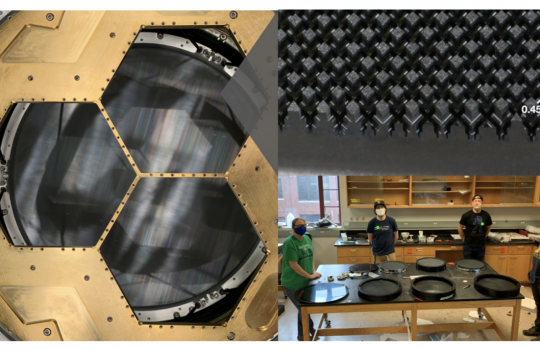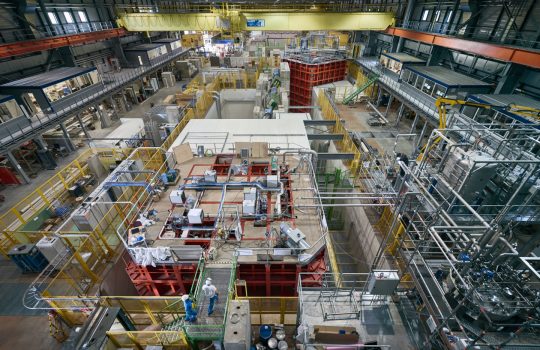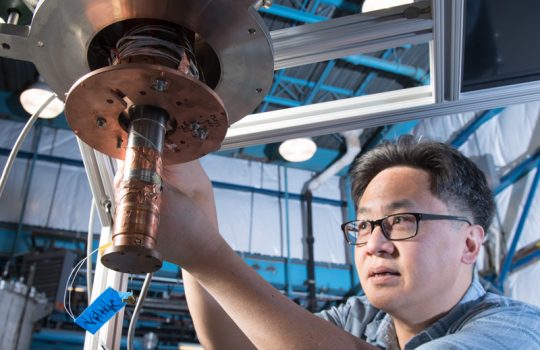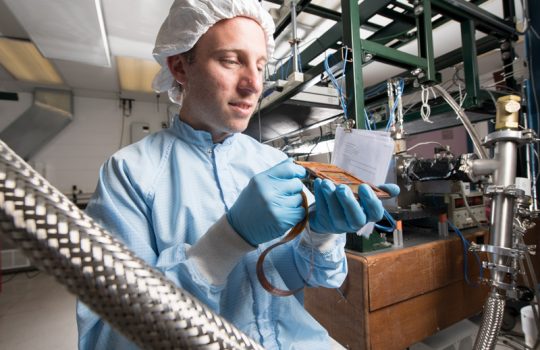Could weirdly straight bolts of lightning be a sign of dark matter?
From Smithsonian Magazine, May 13, 2021: A group of scientists say the phenomenon could indicate dark matter speeding through our world at more than 300 miles a second. Fermilab’s Dan Hooper is quoted in this story about the study of flashes seen in ordinary lightning storms showing evidence of super-dense chunks of dark matter as they zip through our atmosphere.






